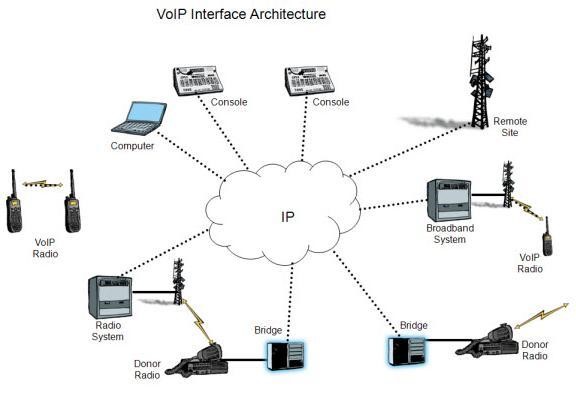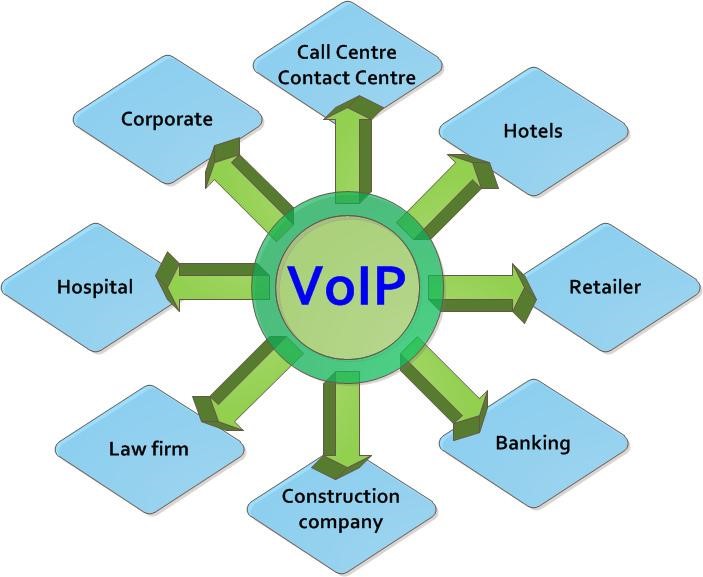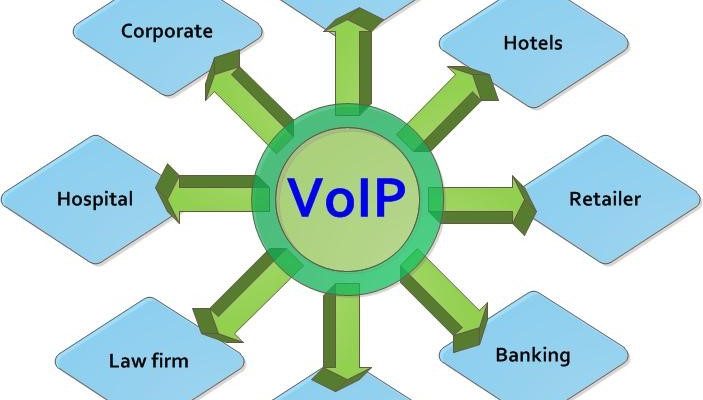When it comes to working from a home office, there are a number of things that you need to consider. This may be the reason you seek the services of a Gloucester Estate Agents such as http://www.tgres.co.uk, to find you a property with extra space for your office. One of the most important things, apart from the space is to know that there is a quick and effective way in which you can keep in touch with your clients.
This where VoIP systems can help you. Most people are aware of the benefits of switching to VoIP in terms of cost savings and greater flexibility. But what effect does adding voice services have on an existing network and is it going to eat up all of your precious bandwidth? Should you consider a separate network for voice? Here are some, technical, snippets about using VoIP.

Adding VoIP to your network will inevitably bring it into competition with data, cloud usage and more. You can use quality of service (QoS) https://www.howtogeek.com/75660/the-beginners-guide-to-qos-on-your-router/ settings to prioritise bandwidth usage between different services, but to do this effectively you need to understand a bit about how VoIP works.
Packets and wrappers
VoIP systems work by taking voice traffic and converting it into data packets. These then travel to the recipient in the same way as an email or data file sent over the internet. So that it reaches the correct destination, each packet has routing information in the form of a wrapper. It’s possible for packets to have multiple wrappers but these add little to its size and therefore have minimal impact on bandwidth.
When you switch to this system your voice calls are converted to data using something called a codec – short for coder/decoder. The thing about codecs is they come in a number of different flavours and they have a major effect on bandwidth.

Image Credit
Packet sizes
All codecs involve a trade-off of call quality against packet size. The two you’ll most commonly encounter are G.279 and G.711. G.279 compresses the data to make the packets smaller, but that means lower sound quality. G.711 offers better sound quality – thanks to no compression – but at the expense of bigger packets. To put that into some number, an hour of uncompressed voice will account for around 85MB, but G.279 can shrink that down to 35MB. Not very much, you might think, but multiplied by hundreds of calls every day it soon adds up.
To the packet, you also have to add the wrapper, but this will usually be no more than 30 or 40 bytes. It’s best to keep packets relatively small as this means less deterioration in call quality should a packet be lost or dropped in transmission. The larger the packet size the more of the call data you will lose if a packet goes astray.

